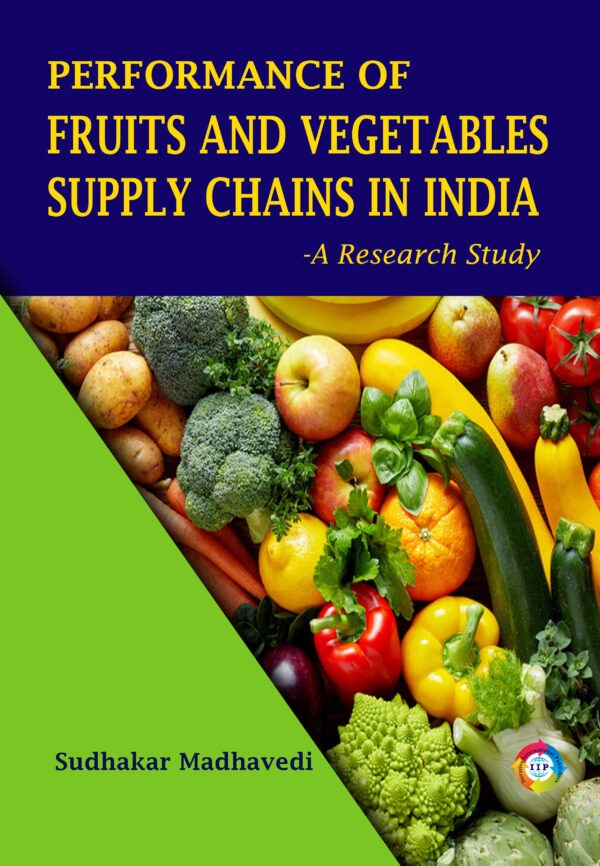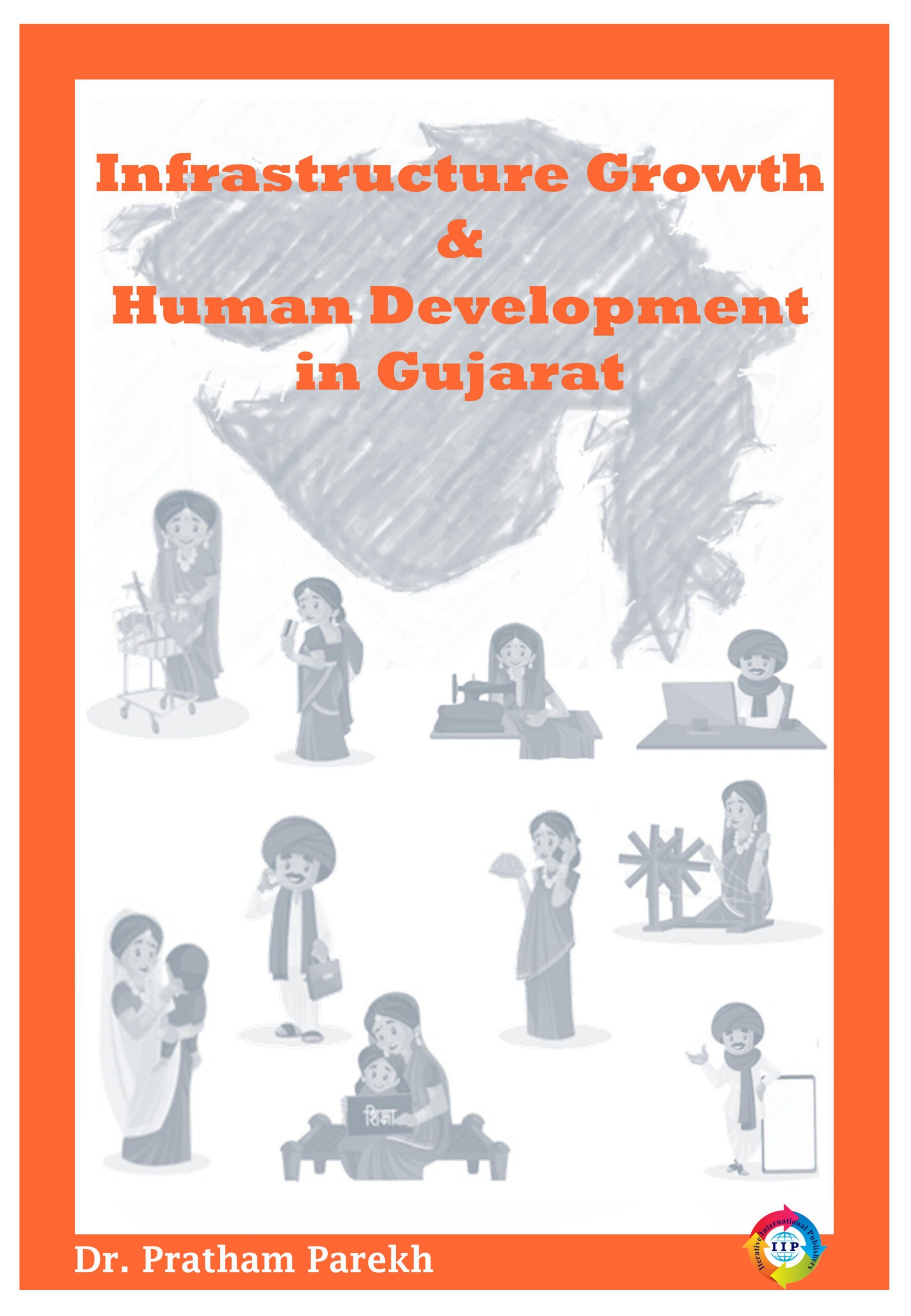Annadatha Sukheebhava, is an ancient text from Hindhu Dharma, which means that the food producers should remain in eternal happiness. In contrary to this, the Indian farm producers passing through tough times. They were entangled in the complex system of distribution system by which their prosperity had become mere luck. In India, the traditional distribution system accounts for more than 90% of distribution of farm yield to end-users, which are characterized by dominant middle men, poor storage infrastructure, poor processing and quality. The entire distribution chain is constrained by poor practices, resulting to poor profitability to farmers, high cost to end-user and heavy losses in the produced output. The orientation of agri-produce distribution is seen from economics perspective rather than a value creation. In the background of this phenomenon, the research is conducted to review the supply chain practices, losses arising in distribution, profitability to all stakeholders, and management of quality at all stages of supply chain.
This book is consists of priceless research work and significant contribution to the field of supply chain management vis-à-vis agricultural distribution system in India. This book is first of its kind to measure the performance of traditional fresh produce distribution system in Indian context. In this study, initially the gaps in the literature/theory are identified and later made an attempt to fill these gaps with special focus on traditional fresh produce distribution system by choosing an agrarian state namely Andhra Pradesh of India.
The author has managed to conduct an in-depth review of literature and described the supply chain management issues in agriculture sector in India with special reference to fruits and vegetables commodities. The author presented the total volume of losses in fresh produce distribution system to explain magnitude of the logistic problems leading to irrecoverable losses in the traditional system of distribution. To meet the objectives, the author reviewed various parameters and their respective indicators of Performance Measurement System (PMS) exists in supply chain management and more specific to Agri-supply chains. The main purpose of implementation of PMS in agriculture produce distribution system is to makes the entities in agri-supply chains such as farmers, traders, wholesalers and retailers to strengthen their strategies of farming practices, transportation effectiveness, and to improve the storage and distribution efficiency to minimize the cost, losses and risk associated with them. The author has rightly identified the various factors affecting road transport performance in fresh produce system with empirical data and statistical analysis.
The author attained all the objectives framed for the study in one-by-one manner and presented in the different chapters. This book is focused on identifying factors contributing to the perishability in fresh produce distribution chain. The author presented sample plan meticulously in a scientific manner and tried to justify how he has arrived at the sample selection, size of working population and target population. Author included the representation of all gender, age groups, literacy levels, social communities and ownership of businesses to reduce the biasness of the selected sample. He had given a reasonable explanation for choosing Banana and Tomato produce chains for the measurement of supply chain performance.
The author presented data interpretation in different chapters. This analysis highlighted the Agri-supply chain practices, performance measurement system and various innovative models in the fresh produce distribution system across the country. The author has drawn qualitative interpretations to uphold his objectives. Among the quantitative techniques, while analysis, the author made use of simple frequencies, Means to ANOVA, Chi-square, weighted means and Mean Rank Analysis. The researcher has built an effective qualitative argument to substantiate the quantitative analysis. The author presented the supply chain performance measurement (using metrics such as Efficiency, Responsiveness, Flexibility, Product Quality and Process Quality along with sub-indicators) in detailed manner and which elucidated the strengths and weakness of the distribution system.
The findings chapter in the book have been strictly adhering to objectives framed for the study. The findings revealed the various gaps in fresh produce supply chain management practices focusing on grading, cleaning, storing, transporting and retailing of fresh produce in detail. The author made certain recommendations to be followed at farmers, traders, retailers, customers and transporters level to reduce the perishability and losses. This book has discussed the performance of fresh produce supply chain in an easy to understand fashion using the parameters such as Efficiency, Responsiveness, Flexibility, Product Quality and Process Quality with their sub-indicators. The author also proposed an ICT model to make the supply chain more effective and bring-in coordination among the chain partners which can bring new method of distribution in the existing environment and gradually move towards the ICT based system.
My heartfelt congratulations to Dr. Sudhakar Madhavedi for bringing this book for academic world. I firmly believe that this book is value-buy for the professionals in the field of agri business, students of MBA, agricultural universities and academic researchers.









Reviews
There are no reviews yet.